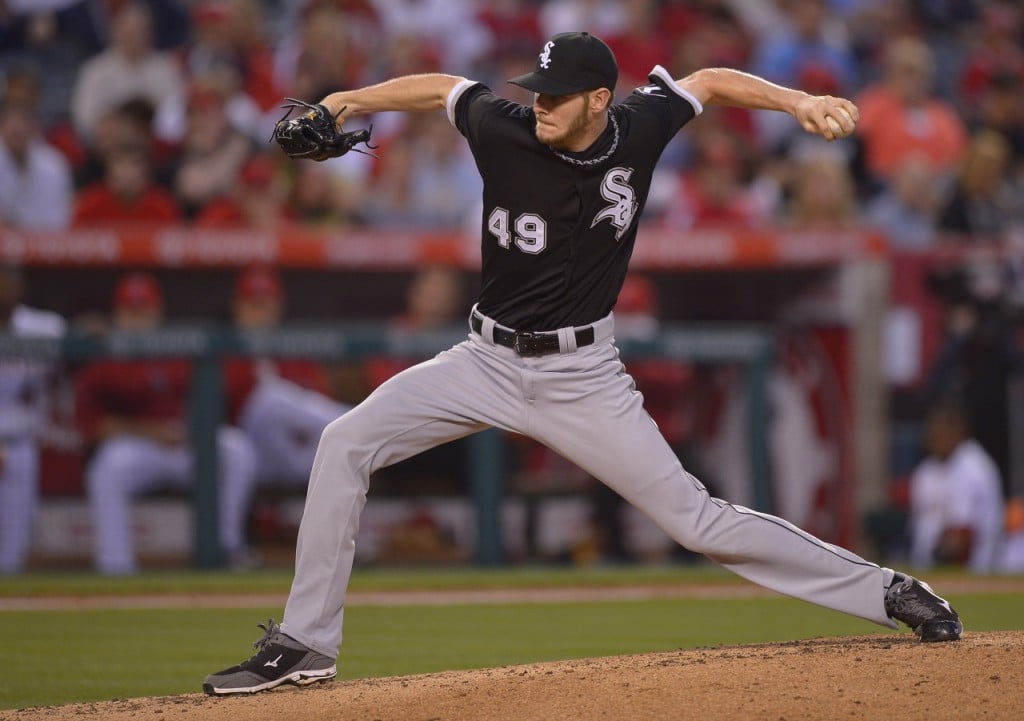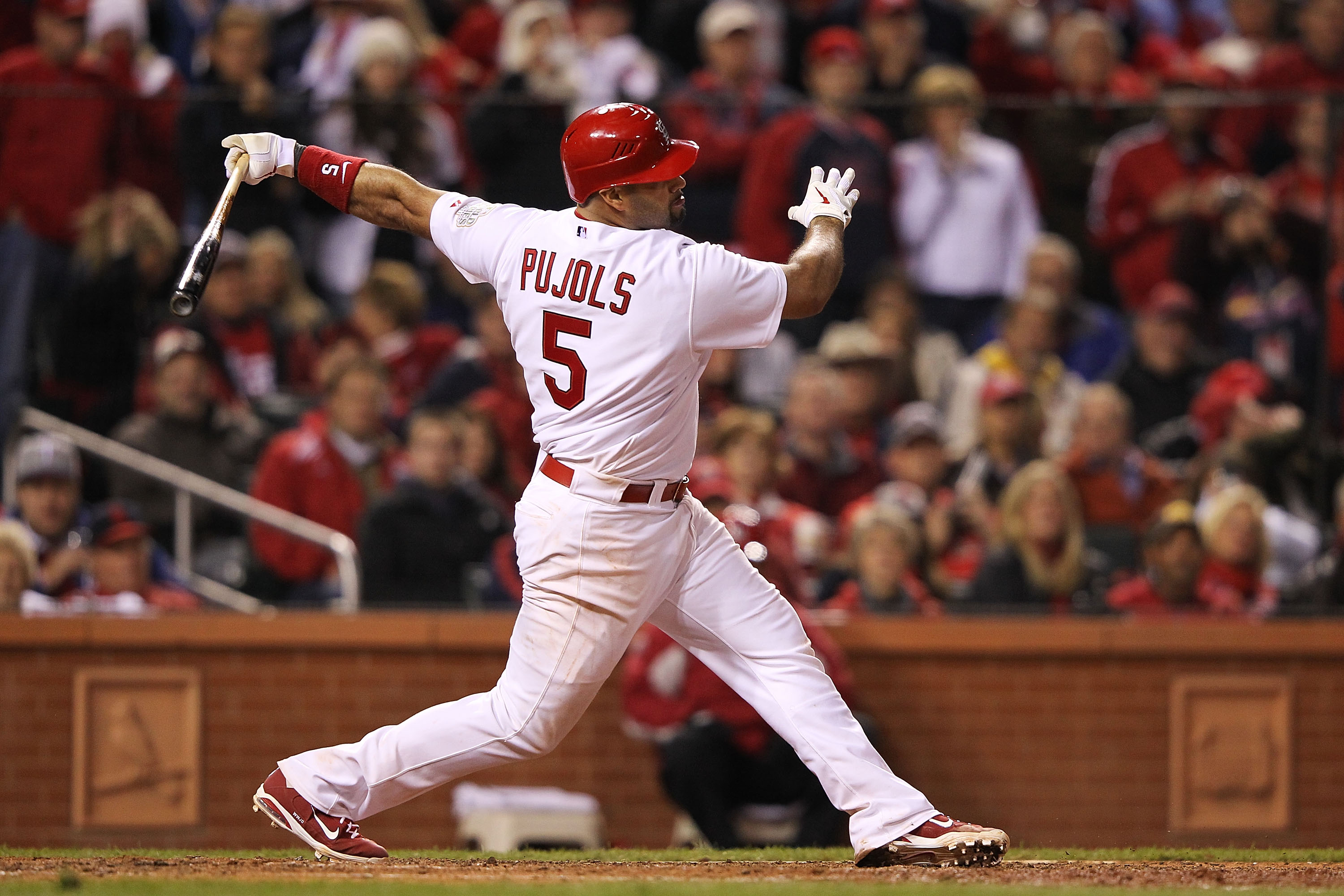If Chris Sale or Corey Kluber are starting, especially against a bad offense, they’re obvious must-plays just about every time. Unfortunately, not every day in MLB DFS has easy choices at pitcher – this is especially true if you play smaller slates. For example, in a four-game slate where every team is projected to score over four runs, what do you do? Do you select the pitcher with the best strikeout potential even if their opposition is one of the higher-projected offenses? Or perhaps you roll with the pitcher with the best WHIP?
A lot of MLB DFS strategy articles about pitchers give broad instructions. And those are broadly true – the problem is, rarely is there a day when the instructions lead to pitching choices so clear they stick out to you like their names are floating off your computer screen. Sometimes, you have to choose between a crappy pitcher and a crappy pitcher.
When it comes down to it, what’s more important: strikeouts or WHIP?
To look this up, I used our Trends tool. Since we’re looking at pitchers in bad situations (generally your elite pitchers with high K/9 and low WHIP aren’t going to be in a situation where the opposition is projected for a bunch of runs), here’s how pitchers performed relative to expectation based on salary (called Plus/Minus) on DraftKings when their opposition is projected for varying amounts of runs.
| All | >3.5 runs | > 4 runs | > 4.5 runs | |
|---|---|---|---|---|
| 80-100% SO Percentile | +1.71 | +0.65 | -0.61 | -1.27 |
| 80-100% WHIP Percentile | +1.01 | -0.64 | -4.18 | -4.84 |
Strikeouts beat WHIP on DraftKings, largely because DK weighs strikeouts so heavily in terms of points. So it makes sense for pitchers in the top percentile of strikeouts to have a better Plus/Minus. But look what happens in bad situations – it gets bad quickly for top WHIP percentile pitchers. Pitchers in the top strikeout percentile see a negative Plus/Minus as opposing runs increase, but it’s not nearly to the extent of good WHIP guys.
This seems a little counterintuitive to me – I really expected the opposite to be true. I knew strikeouts were the most important pitcher statistic broadly, but I figured that in games with high run totals, the pitchers who could just keep runners off the bases and go long into the game would be at an advantage. This does not seem to be true. Now, let’s look at FanDuel, where strikeouts are somewhat less important.
| All | >3.5 runs | > 4 runs | > 4.5 runs | |
|---|---|---|---|---|
| 80-100% SO Percentile | +0.72 | +0.24 | -0.26 | -0.46 |
| 80-100% WHIP Percentile | +0.27 | -0.29 | -1.19 | -1.67 |
Interestingly, we see the same trend happen on FanDuel. I definitely wasn’t expecting that to be the case – I figured the pitcher with the best WHIP and best chance at a win would reign supreme on FanDuel because of their scoring, but it seems that in these bad situations, it’s optimal to take the strikeout guys.
Now, what about the extremes? Let’s look at the Plus/Minus on DK and FD of specific pitchers – ones with a great WHIP but not strikeouts, and ones with high strikeout percentile but not WHIP.
| Plus/Minus | |
|---|---|
| DraftKings, 80-100% WHIP and 0-20% SO | -3.49 |
| DraftKings, 0-20% WHIP and 80-100% SO | +1.51 |
| FanDuel, 80-100% WHIP and 0-20% SO | -0.55 |
| FanDuel, 0-20% WHIP and 80-100% SO | -0.23 |
The difference between those two types is very large on DraftKings, but also significant on FanDuel. On DK, pitchers even with elite WHIPs are not a positive value if their strikeout percentile is near the bottom. On FanDuel that’s true, but it’s also true of the opposite situation. Perhaps the best thing on FanDuel is to find the most balanced pitcher.
So what’s more important: WHIP or strikeouts? The data says strikeouts. Every time.





